Porsche 2009 Annual Report Download - page 97
Download and view the complete annual report
Please find page 97 of the 2009 Porsche annual report below. You can navigate through the pages in the report by either clicking on the pages listed below, or by using the keyword search tool below to find specific information within the annual report.-
 1
1 -
 2
2 -
 3
3 -
 4
4 -
 5
5 -
 6
6 -
 7
7 -
 8
8 -
 9
9 -
 10
10 -
 11
11 -
 12
12 -
 13
13 -
 14
14 -
 15
15 -
 16
16 -
 17
17 -
 18
18 -
 19
19 -
 20
20 -
 21
21 -
 22
22 -
 23
23 -
 24
24 -
 25
25 -
 26
26 -
 27
27 -
 28
28 -
 29
29 -
 30
30 -
 31
31 -
 32
32 -
 33
33 -
 34
34 -
 35
35 -
 36
36 -
 37
37 -
 38
38 -
 39
39 -
 40
40 -
 41
41 -
 42
42 -
 43
43 -
 44
44 -
 45
45 -
 46
46 -
 47
47 -
 48
48 -
 49
49 -
 50
50 -
 51
51 -
 52
52 -
 53
53 -
 54
54 -
 55
55 -
 56
56 -
 57
57 -
 58
58 -
 59
59 -
 60
60 -
 61
61 -
 62
62 -
 63
63 -
 64
64 -
 65
65 -
 66
66 -
 67
67 -
 68
68 -
 69
69 -
 70
70 -
 71
71 -
 72
72 -
 73
73 -
 74
74 -
 75
75 -
 76
76 -
 77
77 -
 78
78 -
 79
79 -
 80
80 -
 81
81 -
 82
82 -
 83
83 -
 84
84 -
 85
85 -
 86
86 -
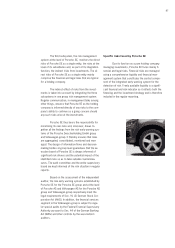 87
87 -
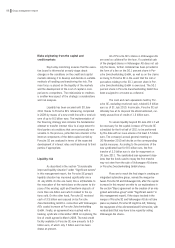 88
88 -
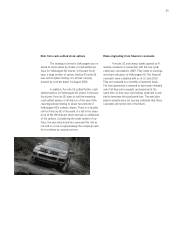 89
89 -
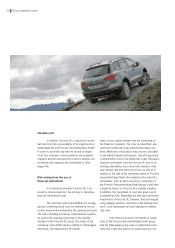 90
90 -
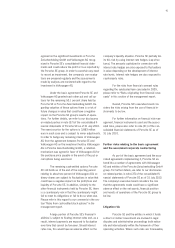 91
91 -
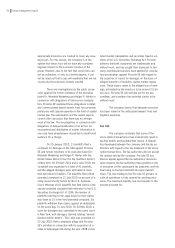 92
92 -
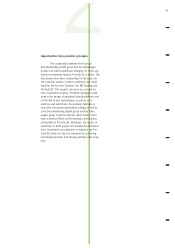 93
93 -
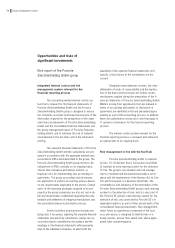 94
94 -
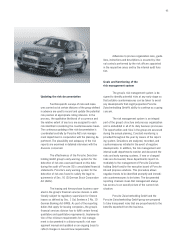 95
95 -
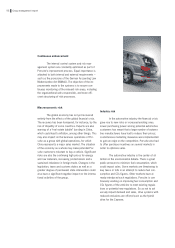 96
96 -
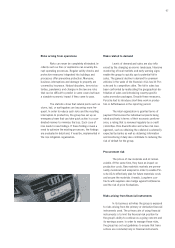 97
97 -
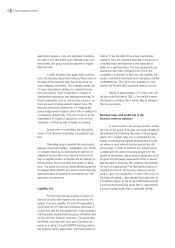 98
98 -
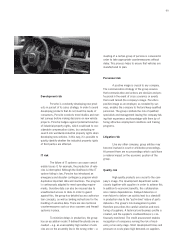 99
99 -
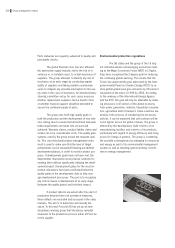 100
100 -
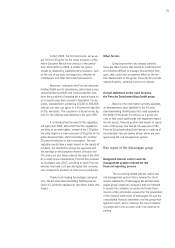 101
101 -
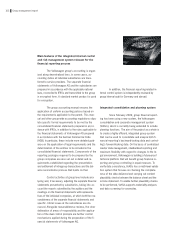 102
102 -
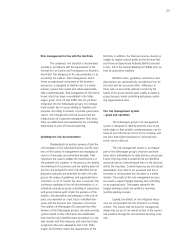 103
103 -
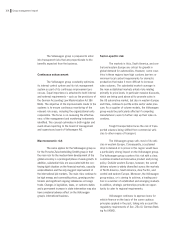 104
104 -
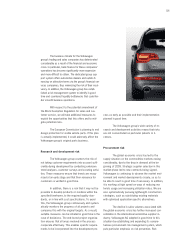 105
105 -
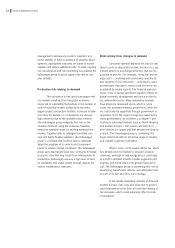 106
106 -
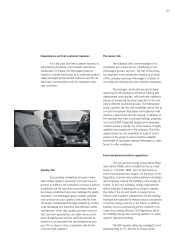 107
107 -
 108
108 -
 109
109 -
 110
110 -
 111
111 -
 112
112 -
 113
113 -
 114
114 -
 115
115 -
 116
116 -
 117
117 -
 118
118 -
 119
119 -
 120
120 -
 121
121 -
 122
122 -
 123
123 -
 124
124 -
 125
125 -
 126
126 -
 127
127 -
 128
128 -
 129
129 -
 130
130 -
 131
131 -
 132
132 -
 133
133 -
 134
134 -
 135
135 -
 136
136 -
 137
137 -
 138
138 -
 139
139 -
 140
140 -
 141
141 -
 142
142 -
 143
143 -
 144
144 -
 145
145 -
 146
146 -
 147
147 -
 148
148 -
 149
149 -
 150
150 -
 151
151 -
 152
152 -
 153
153 -
 154
154 -
 155
155 -
 156
156 -
 157
157 -
 158
158 -
 159
159 -
 160
160 -
 161
161 -
 162
162 -
 163
163 -
 164
164 -
 165
165 -
 166
166 -
 167
167 -
 168
168 -
 169
169 -
 170
170 -
 171
171 -
 172
172 -
 173
173 -
 174
174 -
 175
175 -
 176
176 -
 177
177 -
 178
178 -
 179
179 -
 180
180 -
 181
181 -
 182
182 -
 183
183 -
 184
184 -
 185
185 -
 186
186 -
 187
187 -
 188
188 -
 189
189 -
 190
190 -
 191
191 -
 192
192 -
 193
193 -
 194
194 -
 195
195 -
 196
196 -
 197
197 -
 198
198 -
 199
199 -
 200
200 -
 201
201 -
 202
202 -
 203
203 -
 204
204 -
 205
205 -
 206
206 -
 207
207 -
 208
208 -
 209
209 -
 210
210 -
 211
211 -
 212
212 -
 213
213 -
 214
214 -
 215
215 -
 216
216 -
 217
217 -
 218
218 -
 219
219 -
 220
220 -
 221
221 -
 222
222 -
 223
223 -
 224
224 -
 225
225 -
 226
226 -
 227
227 -
 228
228 -
 229
229 -
 230
230 -
 231
231 -
 232
232 -
 233
233 -
 234
234 -
 235
235 -
 236
236 -
 237
237 -
 238
238 -
 239
239 -
 240
240 -
 241
241 -
 242
242 -
 243
243 -
 244
244 -
 245
245 -
 246
246 -
 247
247 -
 248
248 -
 249
249 -
 250
250 -
 251
251 -
 252
252 -
 253
253 -
 254
254 -
 255
255 -
 256
256 -
 257
257 -
 258
258 -
 259
259 -
 260
260 -
 261
261 -
 262
262 -
 263
263 -
 264
264 -
 265
265 -
 266
266 -
 267
267 -
 268
268 -
 269
269 -
 270
270 -
 271
271 -
 272
272 -
 273
273 -
 274
274 -
 275
275
 |
 |

Risks arising from operations
Risks can never be completely eliminated. In-
cidents such as fires or explosions can severely dis-
rupt operating processes. Regular safety checks and
protective measures integrated into buildings and
processes offer preventive protection. Moreover,
business interruptions and damage to property are
covered by insurance. Natural disasters, terrorist ac-
tivities, pandemics and changes in the law are risks
that can be difficult to predict in some cases but have
a sizeable economic impact if they come to pass.
The statistics show that natural perils such as
storm, hail, or earthquakes are becoming more fre-
quent. In order to reduce such risks and the resulting
interruption to production, the group has set up an
emergency team that can take quick action in a coor-
dinated manner to minimize the loss. Each case of
loss leads to new findings. If these findings reveal a
need to optimize the existing processes, the findings
are evaluated in detail and, if need be, implemented in
the risk mitigation organization.
Risks related to demand
Levels of demand and sales are also influ-
enced by the changing economic landscape. Intensive
monitoring of local markets and early warning signs
enable the group to quickly spot a potential fall in
sales. The general decline in demand for premium
vehicles in the wake of the financial crisis has hit Por-
sche and its competitors alike. The fall in sales has
been confronted by reallocating the geographical dis-
tribution of sales and introducing country-specific
sales promotion packages. Despite these measures,
Porsche had to introduce short-time work in produc-
tion in Zuffenhausen in the reporting period.
The retail organization is granted terms of
payment that involve the individual recipients being
rated positively in terms of their economic perform-
ance, a rating that is reviewed regularly by a credit
committee. Risk diversification and active risk man-
agement, such as obtaining the collateral customarily
expected by banks as well as obtaining information
and monitoring it daily also contribute to reducing the
risk of default for the group.
Procurement risk
The prices of raw materials and oil remain
volatile. At the same time, they have an impact on
production costs. Raw materials markets are perma-
nently monitored and analyzed in order to enable Por-
sche AG to effectively plan for future materials costs
and secure the materials it needs. Long-term con-
tracts with suppliers also hedge against bottlenecks
and the risk of price fluctuations.
Risks arising from financial instruments
In its business activities the group is exposed
to risks arising from the primary or derivative financial
instruments used. The primary aim of using financial
instruments is to limit the financial risk position for
the group’s ability to continue as a going concern and
its earnings power. In order to manage these risks,
the group has set out guidelines to ensure that trans-
actions are concluded only in financial instruments
97
